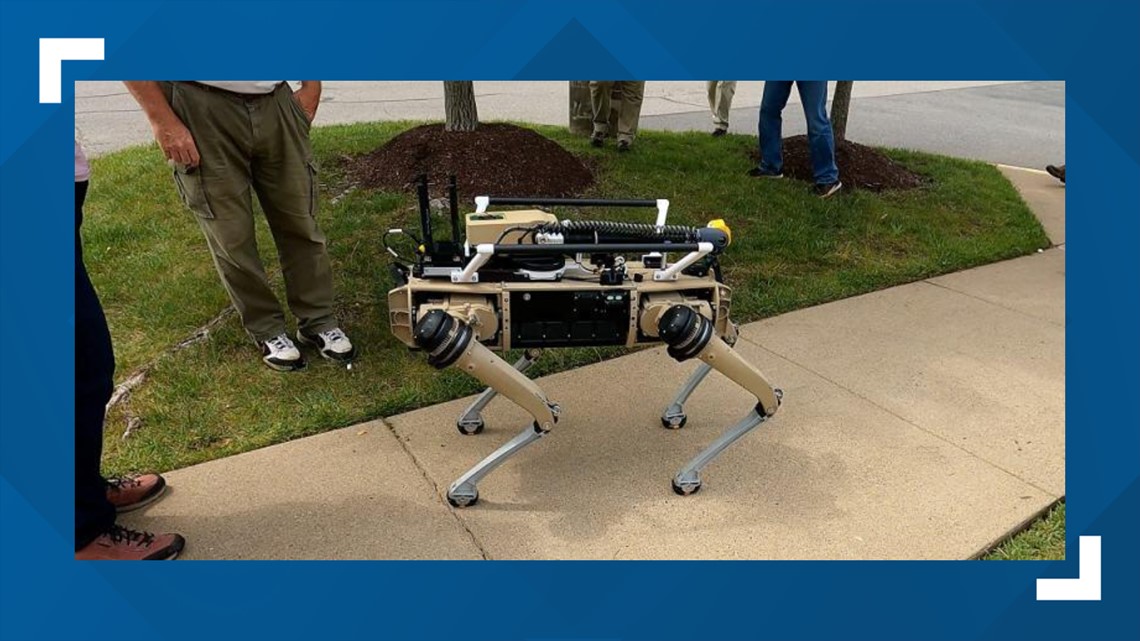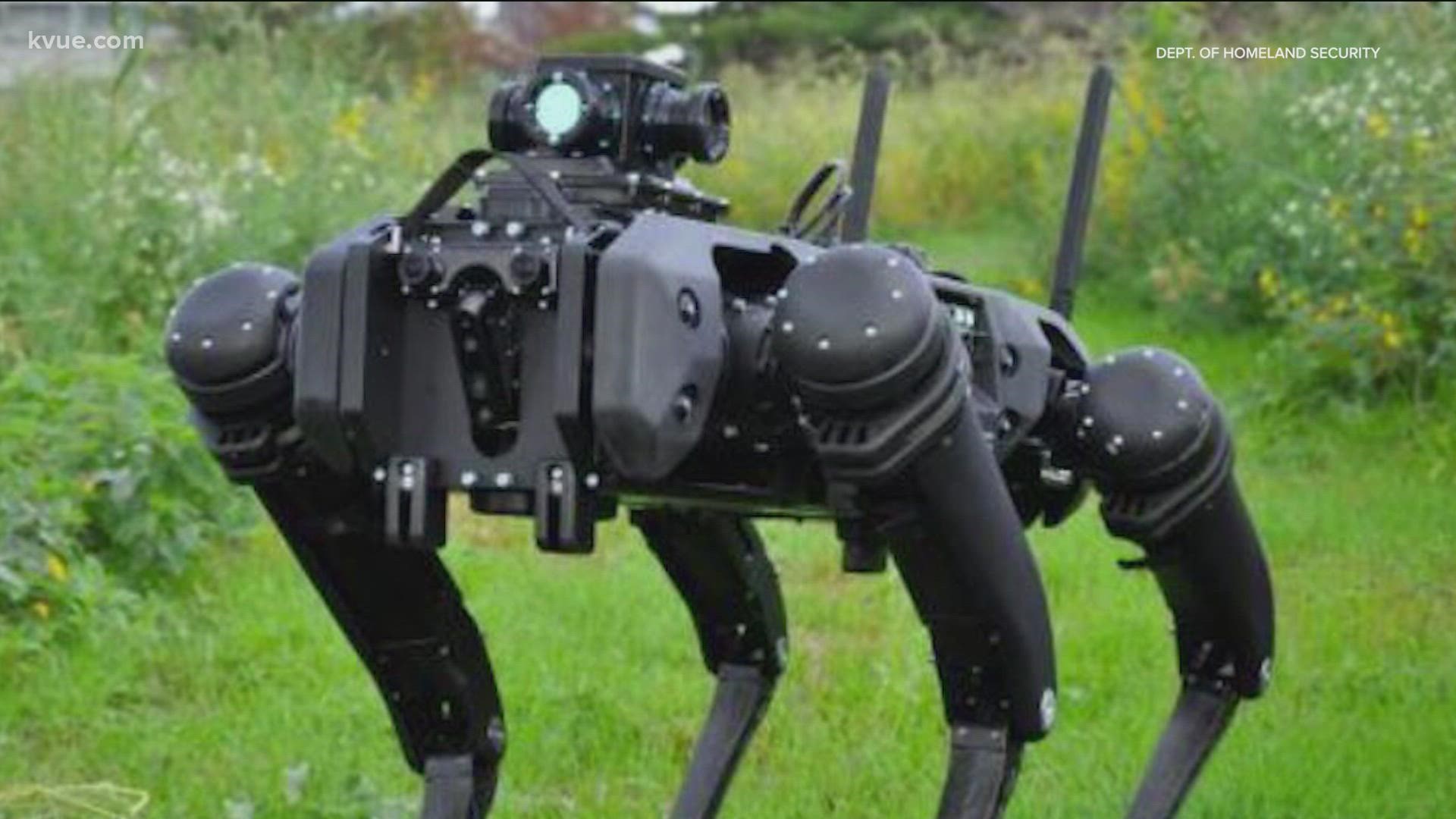TEXAS, USA — U.S. Customs and Border Protection (CBP) is getting some help along the U.S.-Mexican border with new technology.
In a press release from the U.S. Department of Homeland Security (DHS), the department said the Science and Technology Directorate (S&T) is offering CBP "a helping paw" of sorts with a machine that essentially looks like a robot dog.
The robot dog cannot make an arrest, but DHS says the robot dog can capture evidence in remote desert areas and relay real-time data back to the headquarters.
“The southern border can be an inhospitable place for man and beast, and that is exactly why a machine may excel there,” said S&T program manager Brenda Long. “This S&T-led initiative focuses on Automated Ground Surveillance Vehicles, or what we call ‘AGSVs.’ Essentially, the AGSV program is all about …robot dogs.”


The goal of S&T’s AGSV Program is to "leverage technology to force-multiply the CBP presence" and "reduce human exposure to life-threatening hazards."
“It is a rugged, quadruped robot. It traverses all types of natural terrain including sand, rocks and hills, as well as human-built environments, like stairs. That’s why you want legs, and not tracks,” Gavin Kenneally, the chief product officer at Ghost Robotics, said.
They collaborated with Ghost Robotics, an industry partner that develops advanced AGSV systems, to achieve the objective, according to the press release. The release also says that when Ghost Robotics was brought into the project, it saw an opportunity to re-engineer a version of its pre-existing robot dog for CBP's mission.
One of the drawbacks on the robot dogs is that they run on batteries, which only gives them hours of life while in the field.
There is no timetable for deploying the robot dogs just yet.
You can read more about the robot dog technology on DHS's website.
PEOPLE ARE ALSO READING:

